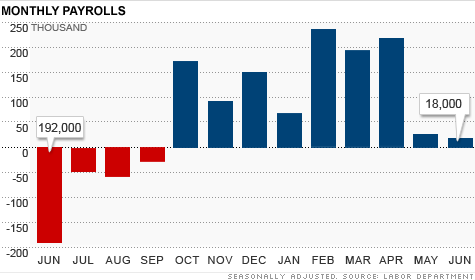SAS is the leader in business analytics software and services, and the largest independent vendor in the business intelligence market. Job growth: 3%, no. of U.S. employees: 5,629.
2. Boston Consulting GroupBCG is a global management consulting firm and the world's leading advisor on business strategy. We partner with clients in all sectors and regions to identify their highest-value opportunities, address their most critical challenges, and transform their businesses. Job growth: 2%, no. of U.S. employees: 1,713.
3. Wegman’s Food MarketsHeadquartered in Rochester, New York, Wegmans is a privately held, family-owned company, founded in 1916 by the Wegman family. Danny Wegman is CEO, and Colleen Wegman, his daughter, is president. Robert Wegman, Danny’s father, was chairman until his death in April 2006. Wegmans operates 77 stores: 47 in New York State, 14 in Pennsylvania, 7 in New Jersey, 6 in Virginia and 2 in Maryland. Wegmans will open its first store in Massachusetts in 2011. Job growth: 6%, no. of U.S. employees: 41,000+.
4. GoogleBeginning in 1996, Stanford University graduate students Larry Page and Sergey Brin built a search engine called “BackRub” that used links to determine the importance of individual web pages. By 1998 they had formalized their work, creating the company you know today as Google. Today the company employs thousands of people worldwide. Last year Google reported a 20% revenue increase and raised employee pay by 10%.
5. NetAppNetApp creates innovative products—storage systems and software that help customers around the world store, manage, protect, and retain one of their most precious corporate assets: their data. Job growth: 9%, no. of U.S. employees: 5,455.
6. Zappos.comZappos.com original idea was to create a web site that offered the absolute best selection in shoes in terms of brands, styles, colors, sizes, and widths. Over the past 9 years, the brand and aspirations have evolved, and in addition to offering the best selection, with the goal to be the company that provides the absolute best service online -- not just in shoes, but in any category. Job growth: 37%, no. of U.S. employees: 1,843.
7. Camden Property TrustCamden Property Trust is one of the largest publicly traded multifamily companies in the United States. Structured as a Real Estate Investment Trust (REIT), the company is engaged in the ownership, development, acquisition, management, and disposition of multifamily residential apartment communities. Job growth: 3.7%, no. of U.S. employees: 1,800+.
8. Nugget MarketA family-owned business, for one, and it has been since 1926, when it was started in Woodland, California, by the Stille family. The Stilles are still running the place today, now with nine Nugget Market locations in the greater Sacramento area. Job growth: -2%, no. of U.S. employees: 1,204.
9. Recreational Equipment Inc. – REIThe company designs award-winning REI brand gear and clothing and donates millions of dollars to support conservation efforts nationwide and sends dedicated teams of volunteers—members, customers and REI employees—to build trails, clean up beaches, restore local habitats and more. Job growth: -1%, no. of U.S. employees: 9,280.
10. DreamWorks Animation SKG
DreamWorks Animation SKG produces high-quality family entertainment through the use of computer-generated (CG) animation seen in movies like Shrek and Madagascar. Job growth: 10%, no. of U.S. employees: 1,994.


